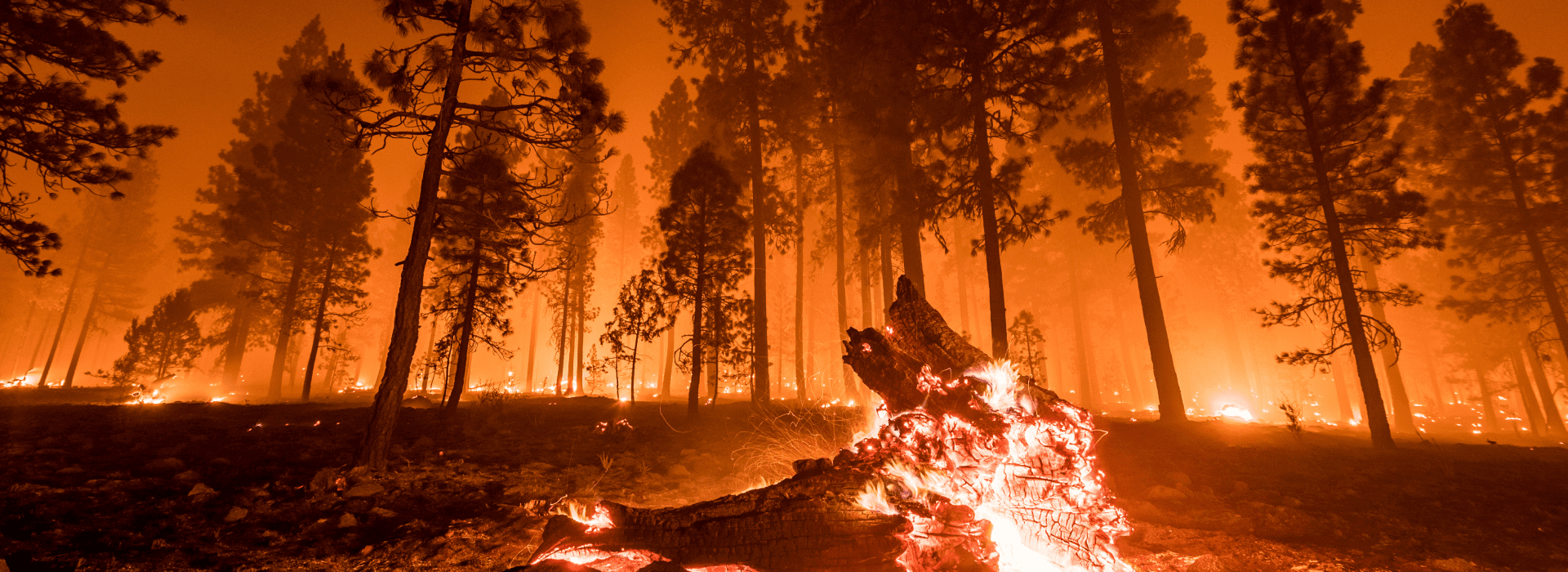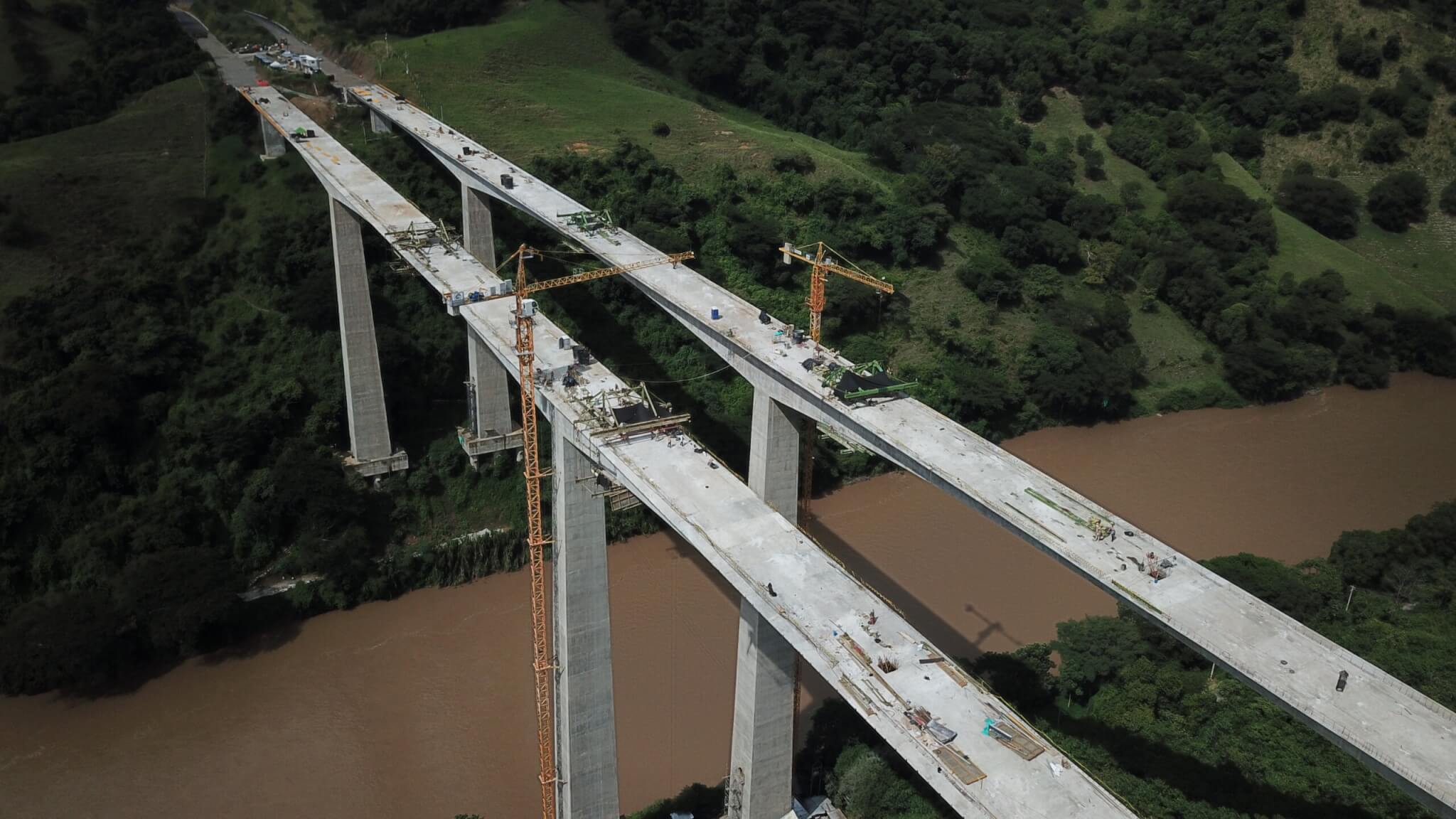
Human activity can and must change now to avoid a climate catastrophe.
The latest report from the U.N.-backed Intergovernmental Panel on Climate Change (IPCC) shows the clear facts:
- Carbon dioxide concentrations in the atmosphere are higher than at any time in at least 2 million years and concentrations of other greenhouse gases like methane and nitrous oxide are at their highest levels over the past 800,000 years.
- We are already seeing damages from a 1.1° C rise in global average temperature since 1850-1900. We will likely hit 1.5° C in 2040, and continue warming thereafter, if we continue at the present pace of emissions increase. Limiting cumulative emissions and reaching net-zero carbon dioxide emissions, with sustained reductions in methane, can limit warming effects.
- Every fraction of a degree in temperature rise will lead to a larger number of extreme climate events that were once considered possible only once every 50-100 years, generating costly and devastating consequences for billions of people everywhere.
This scientific consensus embodied in the IPCC report is clear: We are on a disastrous climate pathway, and immediate steps are needed to support both near- and long-term solutions.
What does this mean for our philanthropic activities? There is absolutely no time to delay investing in every program or project that will all contribute immediately to avoiding a runaway climate disaster. Philanthropy should immediately consider:
- Urgently tackling short-term climate pollutants such as methane, particulate matter, nitrous oxides, and fluorinated gases as a near-term priority. Clearly, every fraction of a degree in warming matters, in order to avoid an increasing frequency of extreme weather events. It is the rate of warming, not just the total magnitude, that should worry us.
- Rapidly expanding renewable energy access and utilization, whether through centralized or distributed power grids, to ease the transition away from fossil fuel energy sources.
- Making climate-resilient infrastructure investments that help poor and climate-vulnerable countries to avoid untold losses among the hundreds of millions of people who bear the least responsibility for historical emissions and today still lack basic access to clean energy, air, and water. According to Oxfam, the richest 10% of the global population accounted for 52% of emissions between 1990 and 2015.
- Investing in the research and deployment of technologies that mimic nature and safely remove carbon dioxide from the air and also reverse surface ocean acidification. Global lands and oceans cannot keep absorbing higher cumulative levels of carbon dioxide emissions.
- Accelerating the societal transformations needed locally to adapt to new ways of manufacturing, transporting, and consuming goods. Top-down global solutions are not enough, and local action is needed to successfully align community lifestyles with a sustainable long-term climate.
- Supporting stronger financial incentives that promote climate transparency, disclosure, and risk mitigation among investors and policymakers. Money motivates change.
The Covid-19 pandemic has laid bare the fragility of our interconnected world and the fact that nobody anywhere can escape a truly worldwide crisis. Just as inequitable approaches to vaccine distribution will lengthen the pandemic at a global scale, inequitable approaches to the climate crisis will bring serious negative consequences for all of us.
As climate change accelerates at an undeniable pace, so too must philanthropy accelerate its investments in solutions. While gradual progress is being made on that front, climate change mitigation funding still makes up less than 2% of total global philanthropic giving. Philanthropy can and must do more now.
More IPCC research and analysis to come
This analysis is based on the IPCC’s Working Group 1 report on the physical science of climate change. A report by Working Group 2 on climate change impacts, adaptation, and vulnerability, as well as a Working Group 3 report on climate change mitigation, are both expected in the first quarter of 2022. A summary report covering the findings of all three working groups is expected later in 2022. Stay tuned for more timely Global Intelligence analysis on how philanthropy should respond to the latest, most authoritative research on the climate crisis.
Learn more
Contact us to find out how we can help you build a climate change mitigation funding strategy that helps the world avoid a climate disaster.
***
Surabi Menon is a co-author of the 2007 IPCC report.



